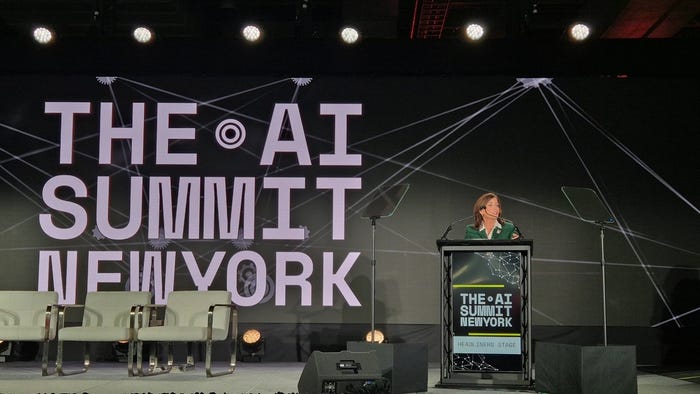What to Expect From Autonomous Vehicles in 2024
From self-driving cars to autonomous trucking, key trends to keep an eye on over the next 12 months
.jpg?width=1280&auto=webp&quality=95&format=jpg&disable=upscale)
When it comes to hyperbole, the autonomous vehicle (AV) arena takes some beating.
We have become accustomed to regular, wildly optimistic – but inaccurate – predictions from Tesla’s Elon Musk, for example, that driverless cars are just around the corner.
The turbulence of recent months, meanwhile, has seen the rise of an exaggerated pessimism following the travails of self-driving taxi company Cruise, stripped of its license to operate in California, its leadership team and arguably its reputation following an ill-advised response to an accident in San Francisco.
The driverless car experiment has “failed miserably” lamented one skeptic, while even Cruise’s new boss Mo Elshenawy admitted the General Motors subsidiary was at an “all-time low” as it faces massively reduced investment.
Viewed with a sense of perspective, however, the reality of the AV landscape lies somewhere in between these two extremes as we enter 2024.
So, what can we expect from automated and autonomous vehicles over the next 12 months?
On the passenger car front, the most notable development is – subject to regulatory approval – likely to be the widening of availability of Level 3 driver assistance tech packages, already offered by Mercedes on select models in Germany as well as California and Nevada.
Level 3, as defined by the Society of Automotive Engineers, offers highly automated “hands-off, eyes off’ driving, and other automakers are set to follow suit. BMW has already announced that Level 3 will be offered on the 7 Series in Germany, and the new Polestar 4 coupe-SUV has been developed to deliver this functionality, too.
The Rise of Chinese Automakers
Another key trend to keep an eye on will be the continued rise of Chinese automakers, both in China and on a global basis.
XPeng’s highly advanced Navigation Guided Pilot driver assistance tech – which works on both highways and cities – will be available China-wide by the end of 2024, and the company has made no secret of its plans to launch in more markets across the world.
Expect to hear more from ZEEKR, too, which has developed the SEA-M platform that facilitates Level 4 functionality – full self-driving capability in specific locations (although we’re unlikely to see regulatory approval for this on passenger cars for quite some time).
SEA-M’s most interesting application may well be the purpose-built self-driving taxi that ZEEKR is co-developing with Waymo, which is scheduled to undergo a major testing program in 2024, prior to commercial launch. Its arrival is now even more eagerly anticipated, particularly given that production of Cruise’s Origin self-driving cab has been suspended indefinitely.
Amid a self-driving taxi landscape where Cruise maneuvered from ambitious expansion plans to a self-inflicted implosion in a matter of months in 2023, predicting what might happen in 2024 with any degree of confidence is difficult.
But probable scenarios include a continued cautious rollout from Waymo in more metropolitan areas across the U.S. and a muted, low-key return for a significantly trimmed down Cruise in a location sympathetic towards AV testing – possibly Texas or Arizona – rather than its previous San Francisco hub.
Further afield, China’s recent issuing of nationwide guidelines for robotaxi regulation is only likely to encourage big players such as Baidu and WeRide to extend their operations, and the latter’s recent award of a testing license in Singapore – the fourth country it is now active in – underlines a desire to expand globally that will only gain momentum in 2024.
Autonomous Trucking
In the autonomous truck world, meanwhile, the key development may well be a significant ramp-up in driverless testing of heavy-duty long-haul vehicles. Already underway in China and Japan, America has lagged behind somewhat (despite a brief foray in 2021 by the now-departed TuSimple). Kodiak, for one, has plans in place to start driverless trials in 2024. Already under way in China and Japan, America has lagged behind somewhat (despite a brief foray in 2021 by the now-departed TuSimple). Kodiak, for one, has plans in place to start driverless trials in 2024.
There will also be a keen interest in whether these initial autonomous trucking operations and pilots move out of their heartland in the southern United States, now that Governor Gavin Newsom has vetoed California’s proposed autonomous trucking ban. Industry insiders suggest there may be good news with regard to testing in the Golden State in 2024.
All things considered, then, there is much to look forward to – despite what the prophets of doom may have you believe.
Read more about:
AsiaAbout the Author
You May Also Like








